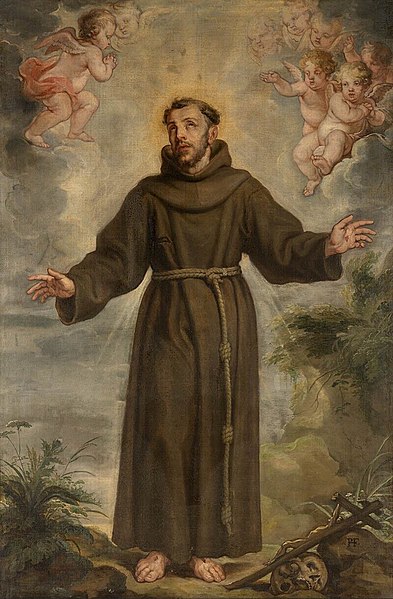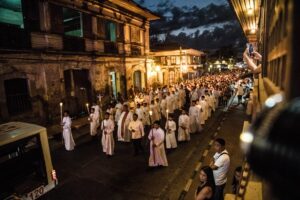Saint Francis of Assisi, originally named Giovanni di Pietro di Bernardone, was born in Assisi, Italy, in 1182, and he is revered as the patron saint of ecology and animals.
St. Francis held the belief that “nature itself was the mirror of God,” referring to all creatures as “brothers” and “sisters.” Legend has it that he even preached to animals, emphasizing God’s love and care for them, and managed to persuade a wolf to cease its attacks on locals.
His feast day falls on October 4, marking his death in 1226, and is also celebrated as a Day of Blessing for Pets in remembrance of his affection for all creatures. This custom involves blessing animals wherever they can be gathered.
Additionally, St. Francis is regarded as the patron against dying alone, against fire, of families, of peace, and is associated with the Franciscan Order, Catholic Action, and various religious congregations.
- He was one of seven children, baptized as John but renamed Francis by his father, a wealthy cloth merchant named Pietro di Bernardon, who conducted business in France.
- He served in the military and was captured as a prisoner of war before his eventual release.
- Despite growing up in luxury, he renounced his wealth after sensing a divine calling to repair the church of San Damiano, leading to his disownment by his family.
- He drew inspiration from Matthew 10:9, prompting him to embrace a life free from material possessions and gather followers.
- During a 40-day fast in preparation for Michaelmas, he received the stigmata, marking the first recorded instance of such holy wounds.
- His tomb was lost for centuries after being hidden by Franciscans to safeguard it from invaders, only to be rediscovered in 1818.
- Although qualified for the priesthood, he declined the title, but Pope Innocent III granted him permission to establish the Franciscan order in 1209.
- He preached fervently, even to animals, earning him the moniker “God’s fool.”
- St. Francis erected the First Nativity Scene in 1223 in Greccio, Italy, creating a visual representation of Christ’s humble birth.




